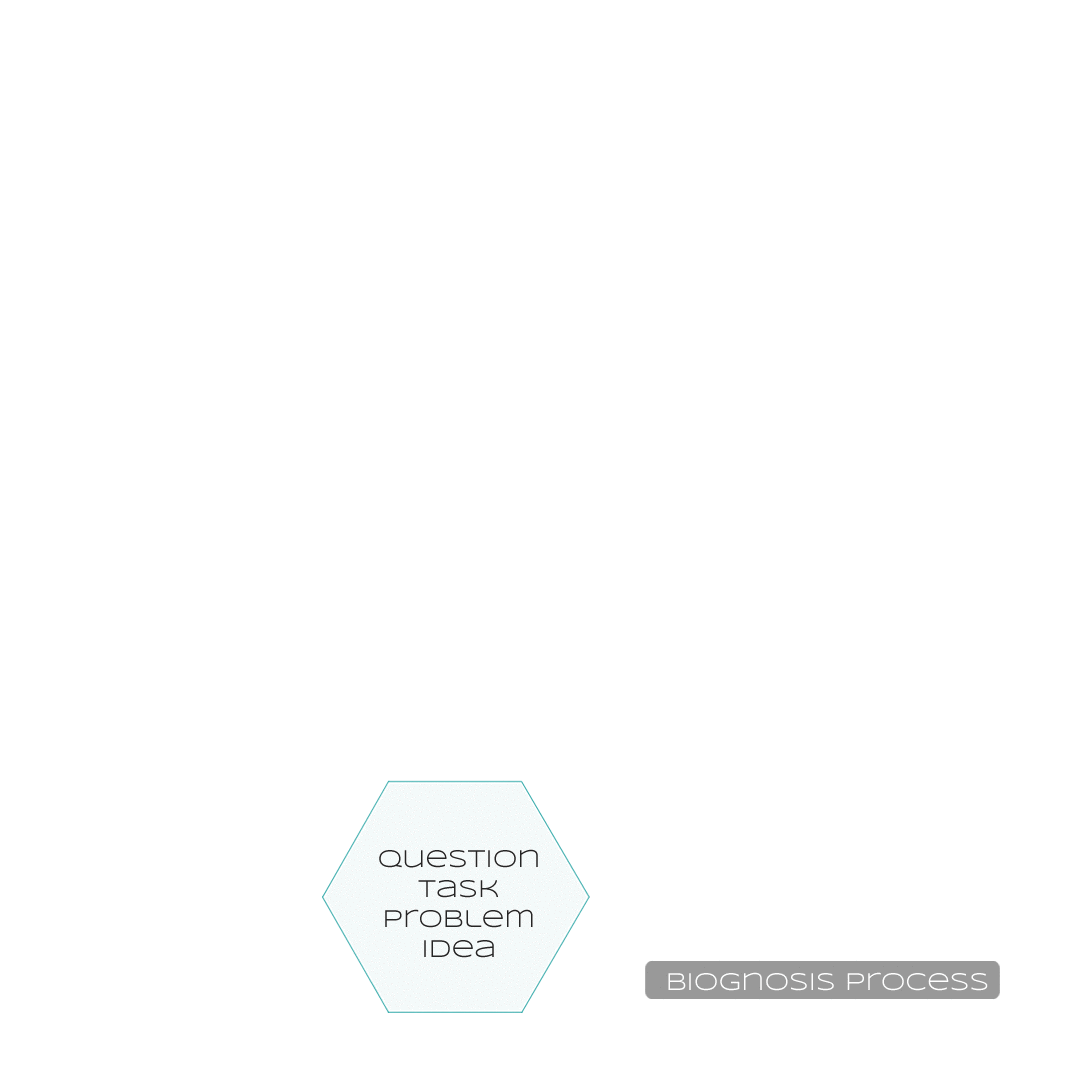 Be aware! To mimic biological design does not make you *automatically* sustainable or ecological.
Be aware! To mimic biological design does not make you *automatically* sustainable or ecological.
Nope. It does not. It’s a teensy bit more challenging. To achieve that, you need to
➡️ not only look at your problem consciously and vigilantly, as we humans can thanks to our brain
➡️ but to include the systemic approach in the evaluation process, your mindset and your priorities.
Nature shows you different strategies. No morals. No romanticizing. An unforgiving evaluation process when it comes to determine fitness.
But there’s systemic balance. What works, works in an ecosystem. Diversity-privileging and life-affirming. That’s the secret to success.
If you include sensible feedback loops, and life-affirmative evaluation criteria, you will have a chance to mimic this balance, too. And that’s a very sound basis for really good (product process service) design.
So here’s my suggestion for a design process model.
- You’ve got an idea, a problem, a question, a task – a bit tricky one.
- You do a methodical analysis – why is there a problem you want to solve? What is it about, how does it work, who and what is affected … and how? Choose whatever methods you like (personally, I like to go for TRIZ here). And mind to ask not only the right questions, but the right people, too. Treat yourself to good teamwork.
- You do a honest diagnosis – what do you *really* need to make it work? This one needs to be quite specific, in order to do the next step – and it may be multifaceted.
- You choose your biological solution archetype – in means of tech or strategy. It is possible that you need more than one archetype, depending on your diagnosis.
- You transform and implement your solution – phew, that’s the challenging bit. Sometimes you may have a good old Heureka! moment, sometimes you need to get ready for some tough R&D work – depending very much on your initial question.
- You create and use (!) feedback loops – like any good plan-do-check-act fan would do. That’s the agile fitness part.
Given, it is not the easiest way to design – but quality never comes cheap. Resource-friendly, yes. But not cheap. And if you want to go for sustainable ecological economic design, the results will make you happy.
